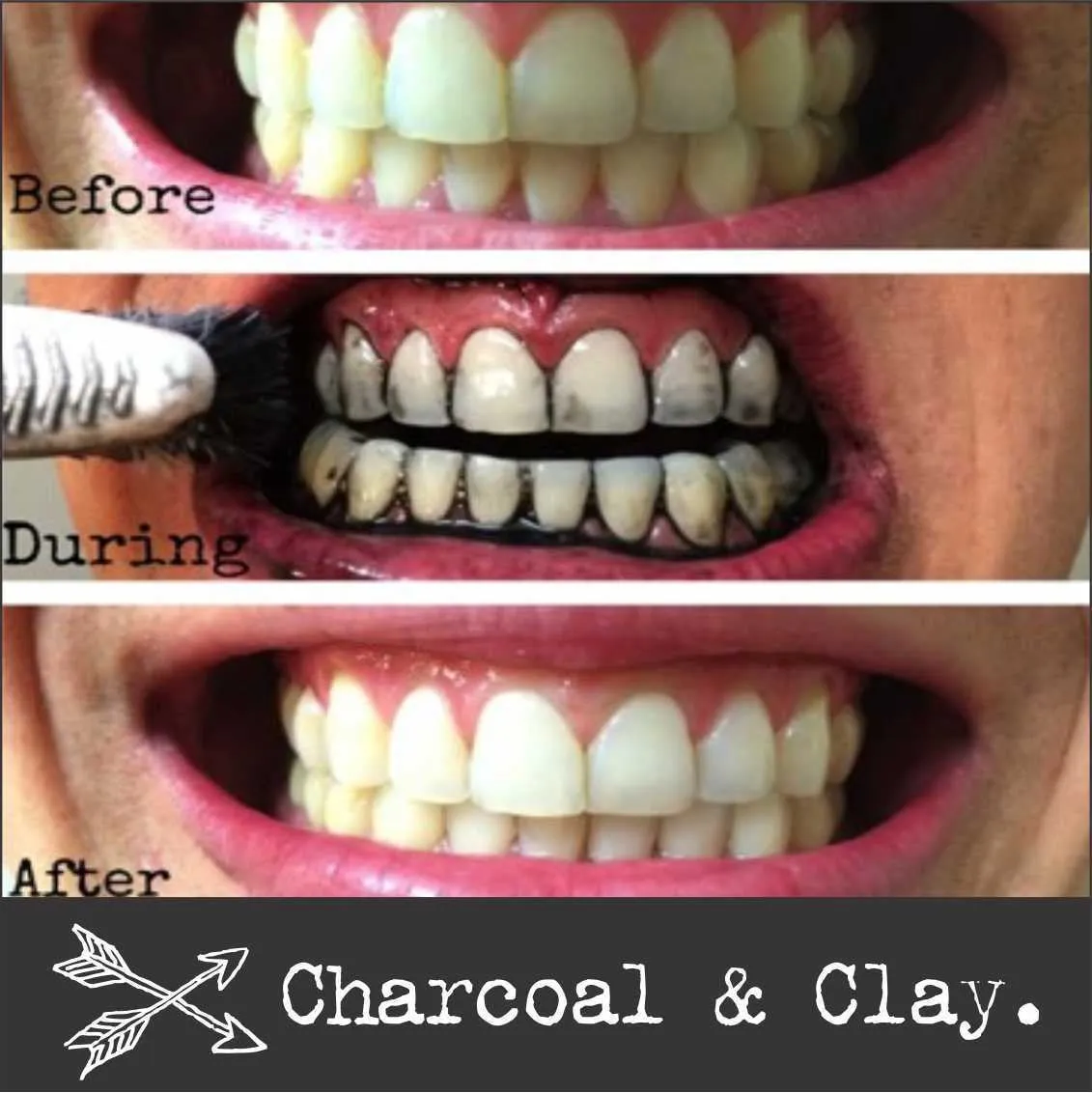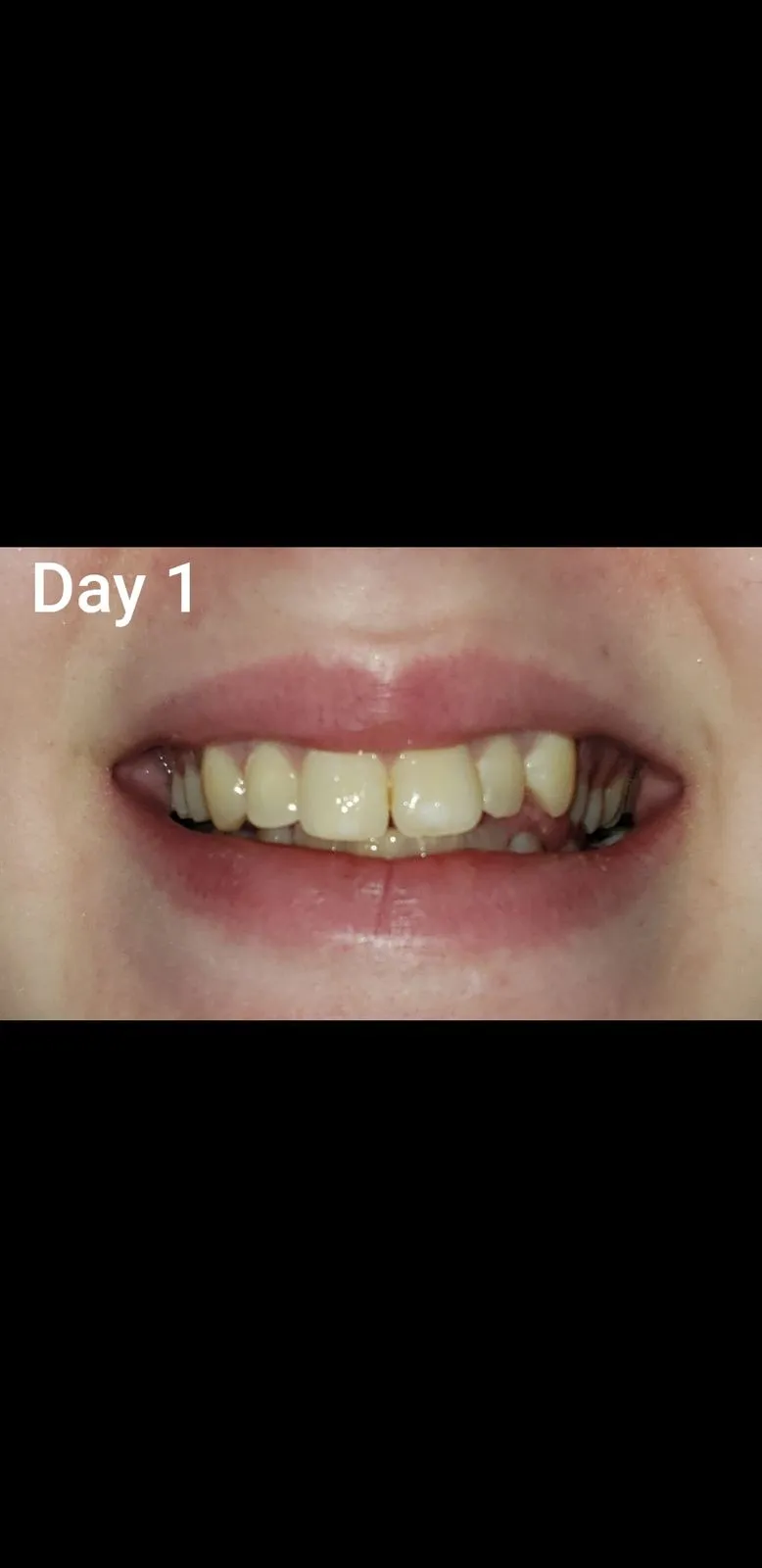What is Charcoal Teeth Whitening
Charcoal teeth whitening has become a popular trend in the beauty and oral hygiene world. It involves using activated charcoal, a fine black powder derived from various sources like coconut shells, wood, or other organic materials, to help remove stains and whiten teeth. The concept is based on the porous nature of activated charcoal, which is believed to bind to stains and impurities on the tooth surface, thus lifting them away. Unlike traditional teeth whitening methods that use bleaching agents, charcoal whitening offers a natural approach, making it appealing to those seeking alternatives to chemical treatments. However, it’s essential to understand how it works, its benefits, and potential downsides before incorporating it into your oral care routine. This article will delve into the details of charcoal teeth whitening, providing a comprehensive guide on how to achieve the best results.
How Charcoal Whitening Works
The mechanism behind charcoal teeth whitening is relatively straightforward. Activated charcoal has a high surface area and is naturally absorbent, meaning it can attract and trap various particles. When used on teeth, charcoal’s porous structure helps to latch onto the stains and debris that accumulate on the enamel surface. These stains come from everyday consumption of coffee, tea, wine, and other foods and drinks that cause discoloration. As you brush with charcoal, it gently exfoliates the teeth, removing these surface stains. This process doesn’t alter the natural color of the tooth enamel but instead removes the staining agents, making teeth appear brighter and cleaner. The abrasive quality of charcoal also contributes to the stain removal, but it’s crucial to use it correctly to avoid damaging the enamel. The effectiveness of charcoal whitening can vary depending on the type of stains, the frequency of use, and the individual’s oral hygiene practices.
The Benefits of Charcoal Teeth Whitening

One of the primary benefits of charcoal teeth whitening is its natural approach, which appeals to individuals looking to avoid harsh chemicals and bleaching agents often found in commercial whitening products. Charcoal is generally considered a gentle and less invasive option for those with sensitive teeth. It’s also a cost-effective solution compared to professional teeth whitening treatments or expensive over-the-counter products. Many users also report fresher breath after using charcoal, as it helps to absorb bacteria and other odor-causing compounds in the mouth. In addition to whitening, charcoal may help reduce plaque and prevent the build-up of tartar, contributing to overall oral health. However, it’s crucial to note that the results of charcoal whitening can vary from person to person, and it may not be as effective for deep-seated stains. The benefits are most noticeable for surface stains caused by food and drinks.
The Potential Drawbacks of Charcoal Whitening
While charcoal teeth whitening has its advantages, it’s essential to be aware of its potential drawbacks. One of the main concerns is its abrasiveness. Overuse or aggressive brushing with charcoal can wear down the enamel, making your teeth more susceptible to cavities and sensitivity. The American Dental Association (ADA) does not currently recognize charcoal as a safe and effective whitening agent due to the lack of scientific evidence supporting its benefits. Furthermore, charcoal may not be effective for all types of stains, especially those that are intrinsic or deeper within the tooth structure. It can also be messy and cause staining of the sink and surrounding areas. Some individuals might experience increased tooth sensitivity after using charcoal, especially if they already have sensitive teeth. It is crucial to consult with a dentist before incorporating charcoal into your oral hygiene routine to ensure it’s appropriate for your specific dental health needs.
How to Use Charcoal for Teeth Whitening
Using charcoal for teeth whitening typically involves several simple steps. Start by wetting your toothbrush and dipping it into the activated charcoal powder or applying charcoal toothpaste. Brush your teeth gently for 2-3 minutes, focusing on all surfaces of your teeth. Be careful not to apply too much pressure to avoid damaging your enamel. Once you’ve brushed your teeth thoroughly, rinse your mouth with water to remove any excess charcoal. You may also want to use a regular toothpaste to ensure all charcoal residue is removed. It is important to note that charcoal can be quite messy, so be mindful of where you are brushing to prevent staining on your clothes, sink, or other surfaces. Consistency is key, but avoid using charcoal daily. Aim for a few times a week, and always pay attention to how your teeth and gums respond. If you experience sensitivity or any adverse effects, discontinue use and consult your dentist.
Selecting the Right Charcoal Product

When choosing a charcoal product for teeth whitening, several factors should be considered. Opt for activated charcoal made from a reputable source, such as coconut shells, as these are often considered purer and more effective. Ensure the product is food-grade and free from any additives or artificial ingredients. You can find activated charcoal in powder, toothpaste, or even mouthwash forms. Charcoal toothpaste offers convenience and often includes other beneficial ingredients like fluoride. Powdered charcoal allows for more control over the consistency and concentration, but it can be messier. Check the product’s abrasiveness, look for products with a low Relative Dentin Abrasivity (RDA) rating, to minimize the risk of enamel damage. Read customer reviews and seek recommendations from your dentist. Always prioritize products from trusted brands that provide clear information about their ingredients and manufacturing processes. Also, it is important to follow product instructions to ensure safe and effective use.
Proper Brushing Techniques
Proper brushing techniques are crucial when using charcoal for teeth whitening. Use a soft-bristled toothbrush to minimize abrasion and prevent damage to your enamel. Avoid brushing too hard, as this can wear down the enamel over time, making your teeth more sensitive and susceptible to decay. Gently move the toothbrush in small, circular motions, covering all surfaces of each tooth. Brush for the recommended time of 2-3 minutes, ensuring you reach the back teeth and along the gum line. After brushing with charcoal, rinse your mouth thoroughly with water to remove any charcoal residue. Consider following up with regular toothpaste to ensure complete cleaning. Be patient and consistent with your brushing technique, as it can take time to see noticeable results. Regular dental check-ups are also important to monitor your oral health and address any potential issues caused by charcoal usage or other dental practices.
Best Practices for Maximizing Results
To maximize the results of charcoal teeth whitening, it’s important to integrate it with other good oral hygiene practices. Brush your teeth twice a day, ideally in the morning and before bed, using fluoride toothpaste. Floss daily to remove plaque and food particles from between your teeth. Schedule regular dental check-ups and professional cleanings every six months. Limit the consumption of staining foods and beverages, such as coffee, tea, red wine, and berries. Drink plenty of water to stay hydrated and help rinse away food particles. Avoid smoking and chewing tobacco, as these habits can significantly stain your teeth. Be patient and consistent with your charcoal whitening routine, and always monitor your teeth for any signs of sensitivity or damage. If you have any concerns, consult your dentist for personalized advice and treatment recommendations.
Foods to Avoid

To maintain a white smile, it’s essential to be mindful of the foods and drinks that can stain your teeth. Coffee and tea are notorious for causing discoloration due to their high tannin content. Red wine is another major culprit, as its pigments can easily adhere to the enamel. Dark-colored sodas, such as cola, also contribute to staining. Berries, including blueberries, blackberries, and raspberries, can leave stains due to their intense pigments. Tomato-based sauces, soy sauce, and balsamic vinegar are other foods that can affect the whiteness of your teeth. When consuming these foods, it is a good practice to drink water immediately afterward to rinse away the staining agents. Consider using a straw for beverages like soda or juice to minimize contact with your teeth. Regular brushing and flossing will help to remove these staining agents and prevent discoloration.
Foods to Include
Including certain foods in your diet can help promote oral health and contribute to a whiter smile. Crunchy fruits and vegetables, such as apples, carrots, and celery, act as natural tooth scrubbers and help to remove surface stains. Dairy products like milk, yogurt, and cheese are rich in calcium, which strengthens your enamel and helps to protect your teeth from stains. Foods high in fiber stimulate saliva production, which helps to wash away food particles and neutralize acids. Water is essential for flushing away debris and keeping your mouth clean. When possible, choose foods that are naturally white or light in color, which are less likely to stain your teeth. Eating a balanced diet and prioritizing these teeth-friendly foods can make a significant difference in maintaining a bright and healthy smile. Proper nutrition supports overall oral health and enhances the effectiveness of your teeth whitening efforts.
Additional Whitening Tips and Tricks
Besides using charcoal, several other tips and tricks can enhance your teeth whitening results. Consider using an over-the-counter whitening toothpaste containing ingredients like hydrogen peroxide or carbamide peroxide. Avoid smoking and chewing tobacco, as these habits significantly stain your teeth and are detrimental to your oral health. Use a whitening mouthwash to help remove stains and freshen your breath, but avoid excessive use, which could lead to dry mouth or other issues. Consider using a whitening toothpaste containing fluoride, which helps strengthen tooth enamel. Ensure you are drinking plenty of water throughout the day to stay hydrated and help remove food particles. Professional teeth whitening treatments by a dentist are another option for more significant results, but these come at a higher cost. Always follow your dentist’s recommendations and maintain consistent oral hygiene practices for optimal results.
Maintaining Your White Smile

Maintaining a white smile requires a combination of consistent oral hygiene practices and lifestyle choices. Continue brushing your teeth twice a day with fluoride toothpaste and flossing daily. Limit your consumption of staining foods and beverages like coffee, tea, red wine, and berries. Rinse your mouth with water after consuming these items to minimize staining. Schedule regular dental check-ups and professional cleanings to remove plaque and stains. Consider using a whitening toothpaste or mouthwash to maintain brightness. Avoid smoking and chewing tobacco, as these habits severely stain your teeth and damage oral health. With consistent effort, you can keep your smile looking bright and healthy for years to come. Maintaining your white smile is an ongoing process, not a one-time fix.
